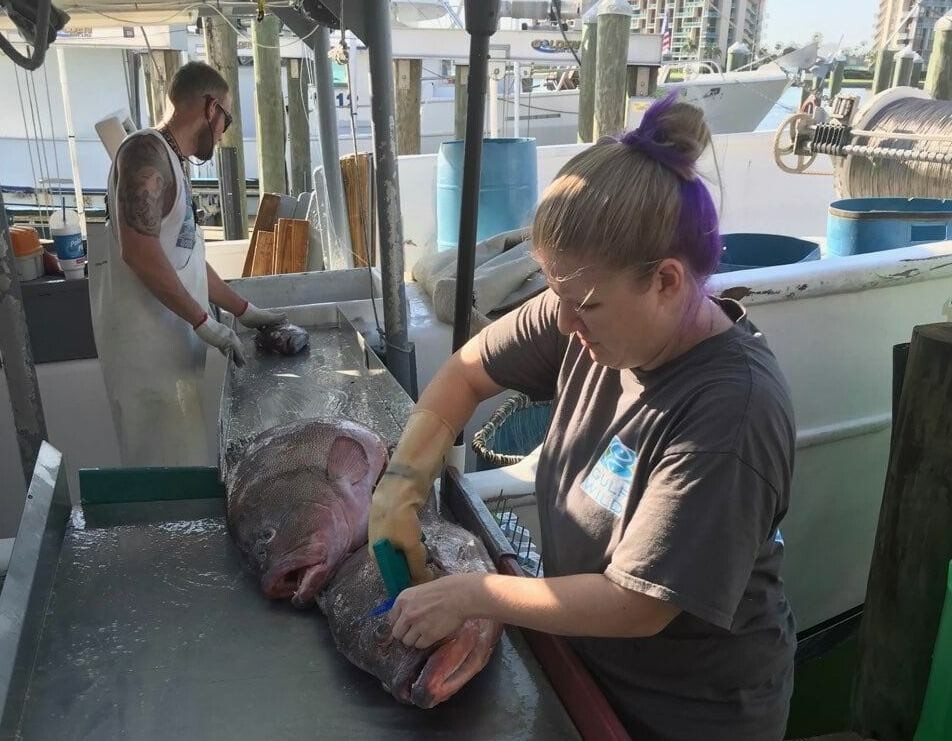The recreational fleet in the Gulf of Mexico has long relied on the backward logic that overfishing their quota should result in the reward of more quota rather than limits. And now NMFS is, perhaps unwittingly, coming to the aid of those sport interests with new surveys. (Read more in our Mail Buoy and my report.)
NMFS implemented Fishing Effort Surveys in 2018. What they found is that sport efforts have historically been three to five times higher than previously believed. This is valuable data, as it supports improved tracking of recreational landings around the country. Commercial fishermen are under more intense scrutiny every year. But they are not the only ones using the resource.
However, NMFS’ tack instead is an effort to adjust quota allocations retroactively to give the sport sector more quota. To use proof of overfishing over the span of four decades to justify an increase in quota to the few over the many is the antithesis of sustainable fishery management.
It is also the calling card of flawed IFQ standards. One of the biggest hurdles of IFQ implementation is establishing the qualifying years so as not to reward fishermen who continued to fish a depleted stock. The fishermen who back off a stock in an effort to preserve sustainability often fear being cut out of quota history for their efforts.
This retroactive reckoning of the gulf reef fish quotas is in effect a reward for decades of overfishing in the sport sector. And why are they supported? Because they’ve made persuasive arguments that sport fishing is vital to Gulf Coast communities.
Between commercial fishermen, seafood wholesalers, restaurants and the tourists who frequent them on the Gulf Coast, there can be no argument that feeding the market with local wild fish is invaluable to those communities. The sportfish lobby — which represents roughly 11 percent of the population — is using the consolidation of the commercial fleet post IFQ implementation to its advantage.
Commercial fishermen who target the Gulf of Mexico reef fish population are far fewer in number than they were 20 years ago. But the catch of these few feeds the many.
If sport fleets represent 11 percent of the population, then perhaps they should work harder to justify why they get more than 11 percent of the quota. Commercial fishermen aren’t taking their haul home for the freezer. They sell it into the domestic food supply so everyone can partake of our wild resources, not just those lucky enough to own a boat.







